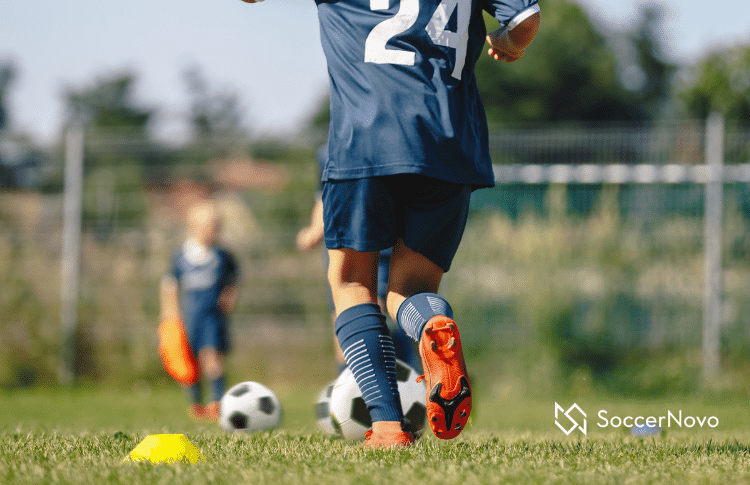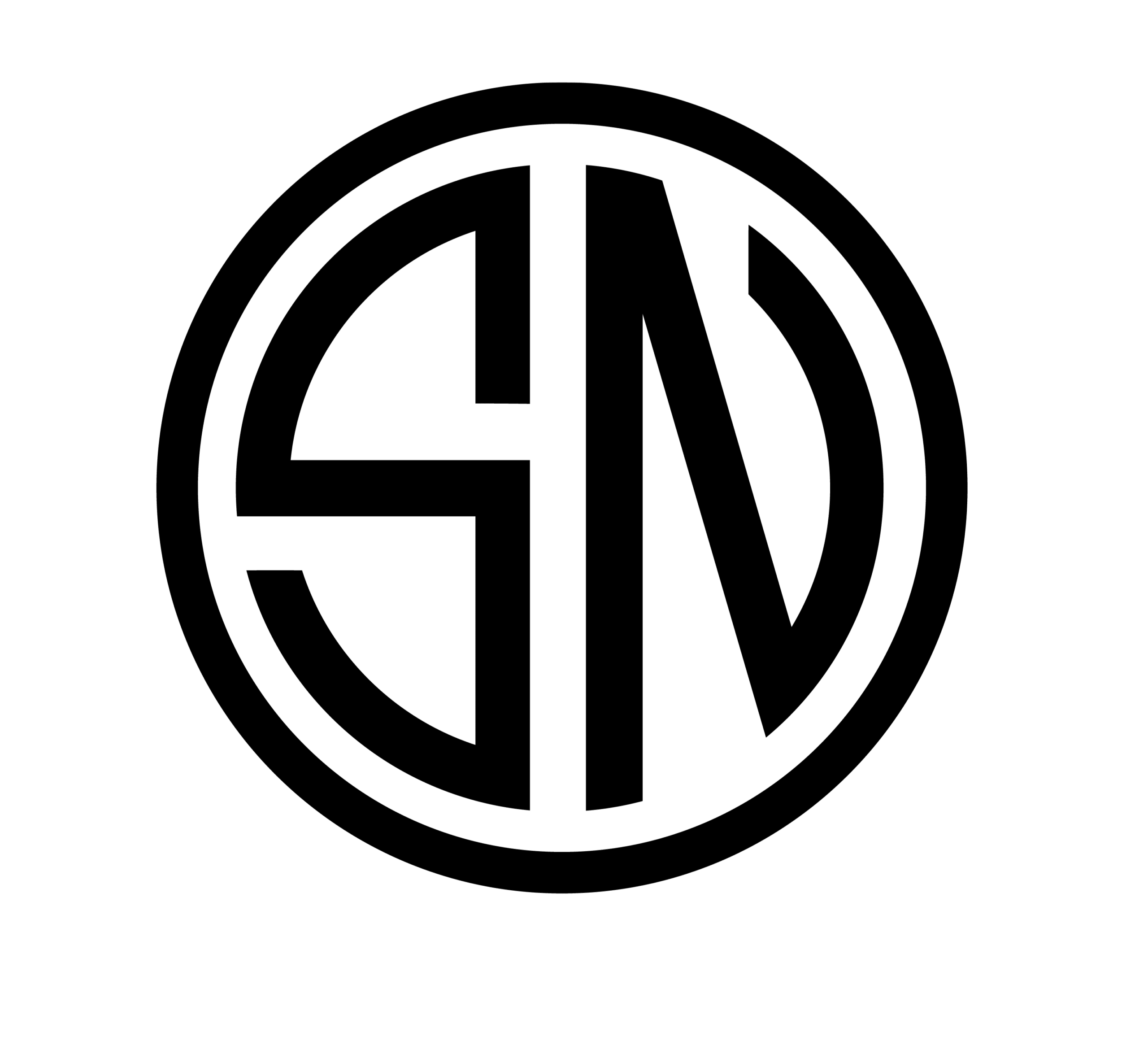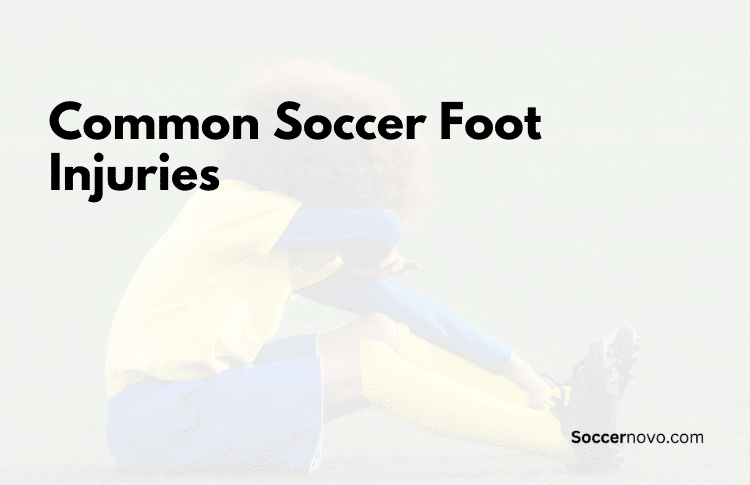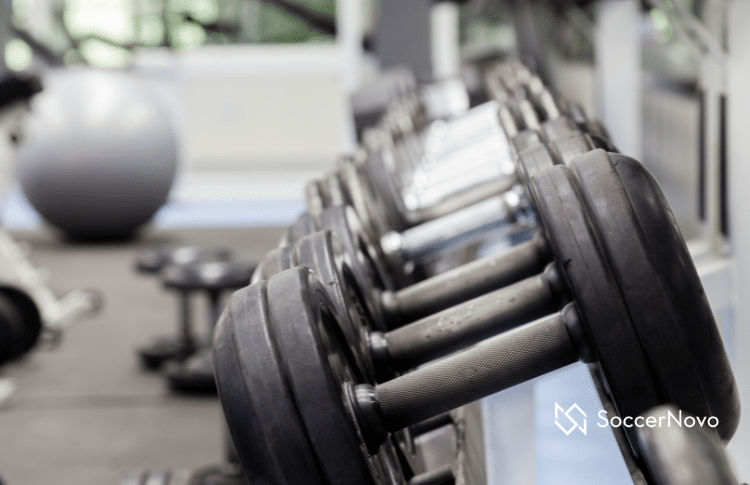How to Prevent Blisters from Soccer Cleats

Blisters from

I’ve seen many players in agony over small blisters that become more painful over time. It’s not only annoying but can sting every time you take a step.
Fortunately, there are several steps you can take to prevent blisters from forming in the first place.
Key Takeaways From This Article:
- To prevent blisters from forming, the right-sized soccer cleat and proper socks are crucial.
- There are three main factors that create blisters – friction, heat, and sweat.
- There are things you can do prior to, during, and after a game to prevent blisters.
In this article, we’ll address what causes blisters, forming your cleats to reduce blisters, preventing blisters, and more!
Side note – feet blisters aren’t a subject I like to address but it’s so common among soccer players that I can’t ignore it. Learn from this article so you or your child can continue playing at their highest potential!
What Causes Blisters?

Blisters are a common injury that can occur when playing soccer. They are caused by an excessive amount of friction between the skin and the sock or between the skin directly with the soccer cleat.
There are three factors that influence the onset of blisters: friction, heat, and sweat.
Friction is the primary cause of blisters. When the skin rubs against a surface, it creates friction, which can lead to the formation of a blister. In soccer, friction can be caused by various factors, such as tight cleats, broken cleats, or new cleats that have not been broken in yet. Additionally, socks that are too thick or too thin can also contribute to the development of blisters.
Heat is another factor that can contribute to the formation of blisters. When the skin becomes hot and sweaty, it softens and becomes more susceptible to friction. This is why blisters are more likely to develop in hot and humid conditions. Think summer versus late fall!
Sweat can also contribute to the formation of blisters. When sweat accumulates on the skin, it can create a moist environment that promotes the growth of bacteria. This can lead to infections that can cause blisters to form.
Choosing the Right Cleats
When it comes to preventing blisters from
- Consider the playing surface: different types of cleats work better on specific surfaces like turf or hardwood.
- Make sure that your cleats fit: Make sure your cleats are not too big or too small. To learn more, head over to ‘How Should Soccer Cleats Fit?’
- Break in your cleats: Gradually breaking in your cleats will help blisters from appearing in the first place.
Preventing Blisters During Play

The best way to combat getting blisters is to try to prevent them from happening in the first place. Here are some common tips to help you prevent blisters during play.
Use Moleskin or Bandages
Moleskin or bandages can be used to protect blister-prone areas. Apply them before play to reduce friction and prevent blisters. Make sure the moleskin or bandage is securely in place, so it doesn’t move around during play.
You can find these bandages at your local Walgreens or CVS.
Apply Petroleum Jelly
Petroleum jelly can be applied to blister-prone areas to reduce friction. It creates a fluid barrier between your skin and your cleats, preventing blisters from forming.
Apply a thin layer before putting on your socks and cleats. Doing this consistently will help avoid any harsh rubbing between your skin and socks.
Keeping some in your soccer bag at all times is highly recommended for players who get blisters often.
Consider Grip Socks
Grip socks have rubberized soles that help prevent your feet from sliding around in your cleats. This reduces friction and can help prevent blisters. They also provide extra cushioning and support for your feet. Take a look at some affordable grip socks on Amazon.
Post-Game Care
After a long, grueling but exciting game of soccer, your feet will need some extra attention to prevent blisters from forming. Here are some steps you can take to ensure that your feet stay healthy and blister-free.
Take Your Cleats and Socks Off
The first thing you’ll want to do is to take your cleats and socks off so you reduce the moisture from playing. We suggest having a pair of slides in your soccer bag to switch into after a game.
Clean and Dry Your Cleats
Next, you’ll want to clean and dry your cleats. Use a damp cloth to wipe away any dirt or debris on the outside of your cleats. Then, remove the insoles and let them air dry. This will help prevent any bacteria from growing and causing blisters.
Treat Any Developing Blisters
If you notice any developing blisters, it’s important to treat them right away. Clean the area with soap and water, and then apply a blister pad or bandage. If the blister has already popped (yuck!), clean the area with soap and water, and then apply an antiseptic ointment to prevent infection.
By following these simple steps, you can potentially prevent blisters from forming and keep your feet healthy and comfortable.
Why is this important? Because you want to put yourself in the best position to perform well. As they say “Healthy feet, healthy game”. – no one says that but you get the point.
Should I Peel My Blister?
No (but maybe)! While it may be tempting to pop or peel a blister, it’s important to know that doing so can increase the risk of infection and delay the healing process.
When you peel off the top layer of skin, you expose the sensitive skin underneath, which can be painful and prone to infection.

Additionally, the fluid inside the blister serves as a cushion and protects the area from further damage. If you remove the fluid, you increase the risk of developing another blister or aggravating the existing one.
If the blister is small and not causing discomfort, it’s best to leave it alone and let it heal naturally. You can cover it with a bandage or blister pad to protect it from further friction.
However, if the blister is large and causing significant pain or discomfort, you may need to drain it. To do so, sterilize a needle with rubbing alcohol and use it to puncture the blister at its base. Gently press the fluid out, but leave the overlying skin intact. Then, cover the blister with a sterile bandage or dressing to protect it from infection.
So, it’s generally best to avoid peeling or popping a blister caused by
Should I Go to a Doctor?
Most blisters are not serious and can be treated at home. However, if you notice any signs of infection, you should see a doctor as soon as possible.
Here are some signs that your blister may be infected:
- Redness and swelling around the blister
- Pain or tenderness
- Pus or drainage from the blister
- Fever
If you notice any of these symptoms, you should consider seeing a doctor. They may prescribe antibiotics or other treatments to help clear up the infection quickly.
In some cases, a doctor may need to drain the blister during your visit.
If you have a blister that is particularly large or painful, you may also want to see a doctor. They may be able to provide additional treatments or recommendations to help speed up the healing process.
Final Thoughts
Even though our job is to talk about soccer, these are important topics because it helps performance on the soccer field.
Preventing blisters from
It is also important to allow blisters to breathe and to protect them while playing soccer. And, don’t stay in your cleats too long after playing.
By following these tips, soccer players can reduce the risk of blisters and enjoy a more comfortable playing experience!

Written By: Beau Bridges
Beau is the founder of SoccerNovo, dedicated to helping players and parents navigate the youth soccer landscape. As a former youth coach and soccer parent, he shares insights on player development, recruiting, and the ever-evolving soccer scene in the U.S.
Let’s connect




